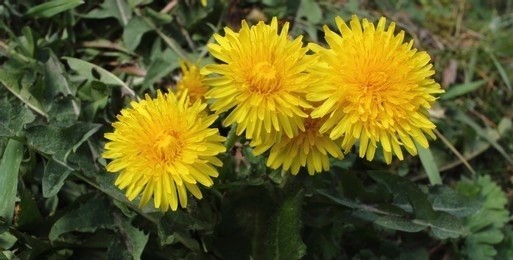Taraxacum Plant Tissue Culture
Taraxacum plant is Asteraceae herb, about 2,000 species, mainly in the northern hemisphere temperate to subtropical regions, a few produced in tropical South America. 84% of the edible part of the Taraxacum plant, and contains a variety of nutrients and chemical substances with health effects, modern pharmacological research shows that it has a good antibacterial effect.

The Taraxacum plant is rich in flavonoids, sesquiterpenoids, coumarins and phenolic acids, and other chemical components. Taraxacum plant is rich in flavonoids, sesquiterpenes, coumarins, and phenolic acids, which have obvious anti-inflammatory, antioxidant, anti-allergic, and anti-tumor biological activities. In recent years, its application as a medicinal and food herb has been increasing.
Tissue culture service
Lifeasible used petioles and leaves of Taraxacum plants as explants, which underwent dedifferentiation to form healing tissues, and then the healing tissues underwent induced differentiation to form regenerated plants. The rapid propagation system we have established is an effective way for resource conservation, exploitation, germplasm improvement, and industrial production of Taraxacum plants.
- Taraxacum officinale Weber
- Taraxacum sinicum
- Taraxacum koksaghyz Rodin
- Taraxacum siphonanthum X. D. Sun
- Taraxacum borealisinense Kitam.
Somatic asexual line variation is a common phenomenon in plant tissue culture, and its molecular mechanism includes chromosomal water halves and variation at the molecular level. Due to its dedifferentiation characteristics and re-differentiation potential, healing tissue usually has the superiority and characteristics of rapid growth, high reproduction, small space occupation, and the ability to be factory produced under controlled conditions, and can be applied as a pharmaceutical bioreactor, while embryonic healing cells can also be used for artificial seed production, and this is also a good propagule. Lifeasible can screen salt-tolerant Taraxacum plant mutants using somatic asexual line variation in tissue and cell culture processes.
General procedure for screening salt-tolerant Taraxacum plant mutants using tissue and cell culture
- Establish asexual lines with long-term high-frequency differentiation ability
- Screening of salt-tolerant mutant lines in healing tissues
- Analysis of salt tolerance and salt stability of salt-tolerant healing tissue mutant lines
- Differentiation of salt-tolerant guava tissues and identification of salt tolerance in regenerated plants
You want to sign a confidentiality agreement.
You have a specific plant species for your experimental needs.
You have a reliable and relevant cooperation project to discuss.
You are very interested in our project or have any questions.
You need an updated and detailed quotation.
For research or industrial use.



